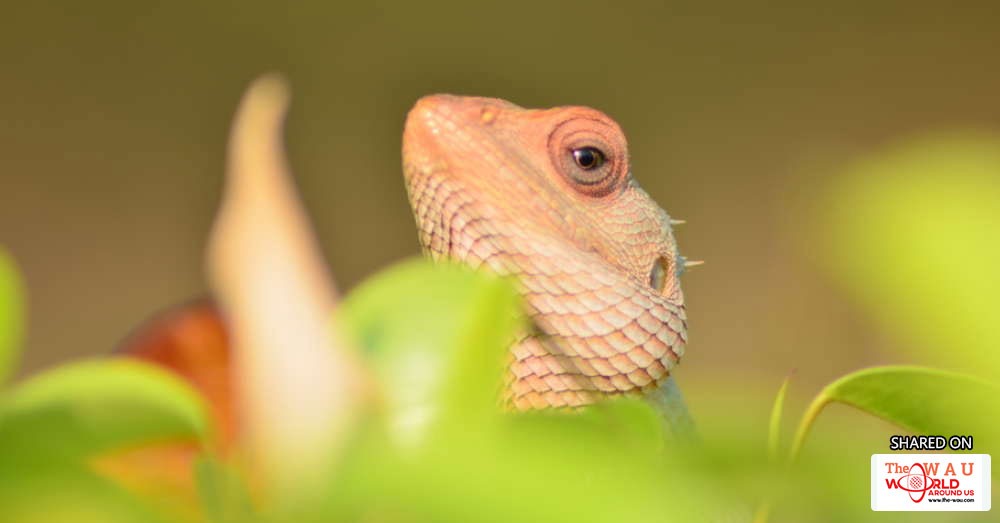Nuclear weapons, environmental activism, intelligence agencies, and... lizard spies?
An ex-senior military advisor to Ayatollah Ali Khamenei, Hassan Firuzabadi, recently justified the arrests of environmentalists by claiming that the Western spy agencies used lizards to keep tabs on Iran’s nuclear program, AFP reports.
“Several years ago, some individuals came to Iran to collect aid for Palestine... We were suspicious of the route they chose,” said Firuzabadi, according to The Times Of Israel.
"In their possessions were a variety of reptile desert species like lizards, chameleons… We found out that their skin attracts atomic waves and that they were nuclear spies who wanted to find out where inside the Islamic Republic of Iran we have uranium mines and where we are engaged in atomic activities,” he said.
Needless to say, this a bizarre claim.
Lizard skin is no more capable of “attracting atomic waves” (presumably a mistranslation of “absorbing gamma radiation”?) than any other animal. Just like human skin, their scales are made of little more than keratin proteins.
Then, you must consider that training a reptile to infiltrate a nuclear facility is no small task. Simply collecting some lizards in the wild and measuring their radioactivity won’t tell you much about the location of nuclear facilities, either. Besides anything else, a uranium mine or the outside of a nuclear facility is not that radioactive.
“The product of uranium mining is normally uranium oxide concentrate – U3O8 – which is shipped from the mines in 200-liter drums. This is barely radioactive,” according to the World Nuclear Association.
Iran has felt under threat from undercover animal agents before. In 2008, Iran also apprehended a pair of "spy pigeons" near one of the nation's nuclear processing plants.
It's safe to say that Firuzabadi's claims have little substance behind them. However, the surreal claim plays into a much more serious issue facing the country at the moment.
Over the past few years, Iran has been cracking down on prominent environmentalists, often under the guise of "espionage". Kavous Seyed-Emami, the head of the Persian Wildlife Heritage Foundation, was detained by Iranian police on January 24, 2018. On February 10, it was announced that he had committed suicide in a Tehran prison; however, his family and human rights groups have questioned the official account of his death.
Human rights groups say numerous other environmental activists and journalists – Amir-Hossein Khaleghi, Houman Jowkar, Morad Tahbaz, Niloufar Bayani, Sepideh Kashani, Taher Ghadirian, and Sam Rajabi – are still under arrest.
Share This Post












